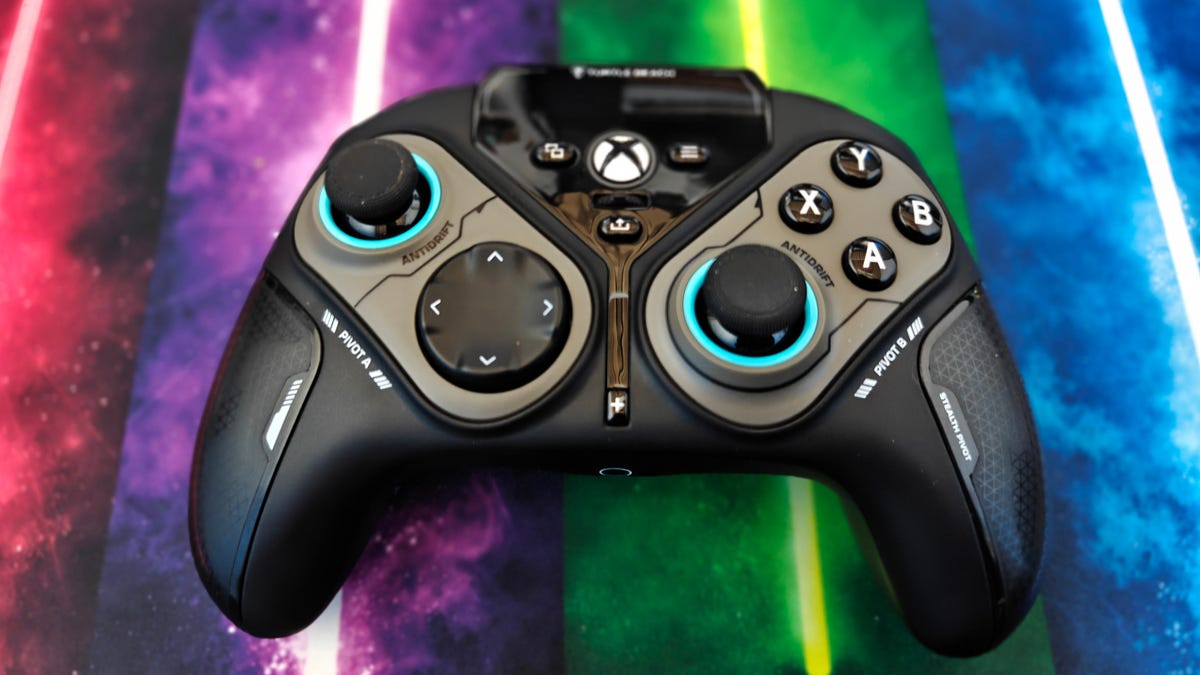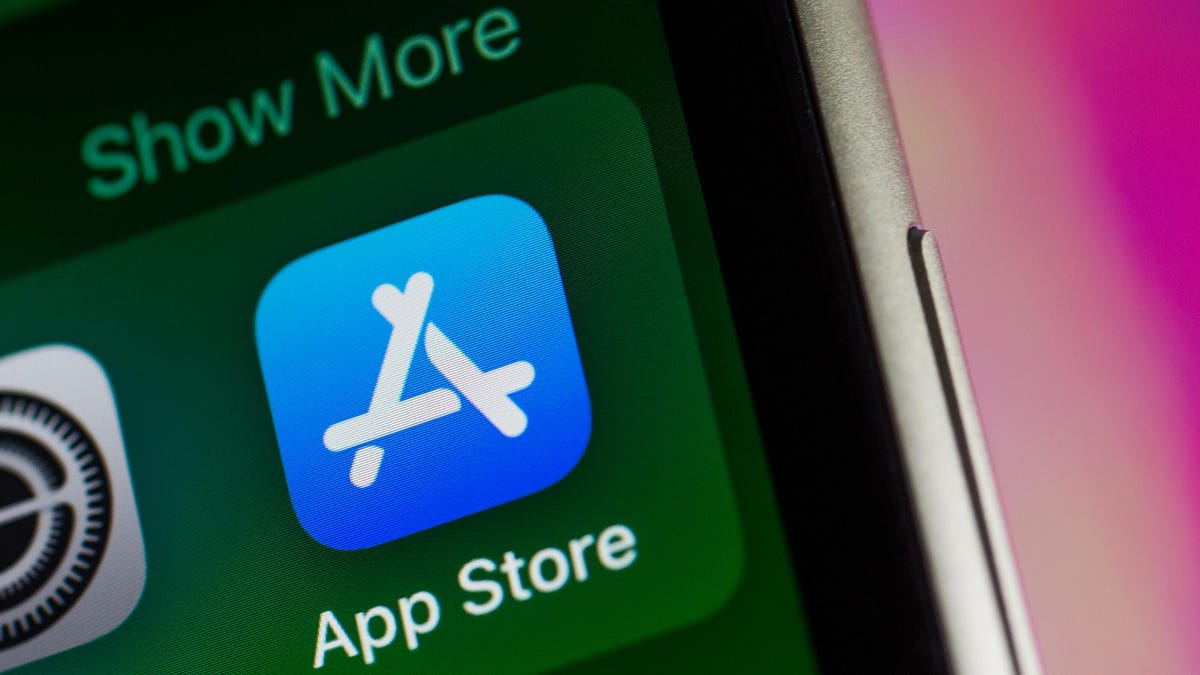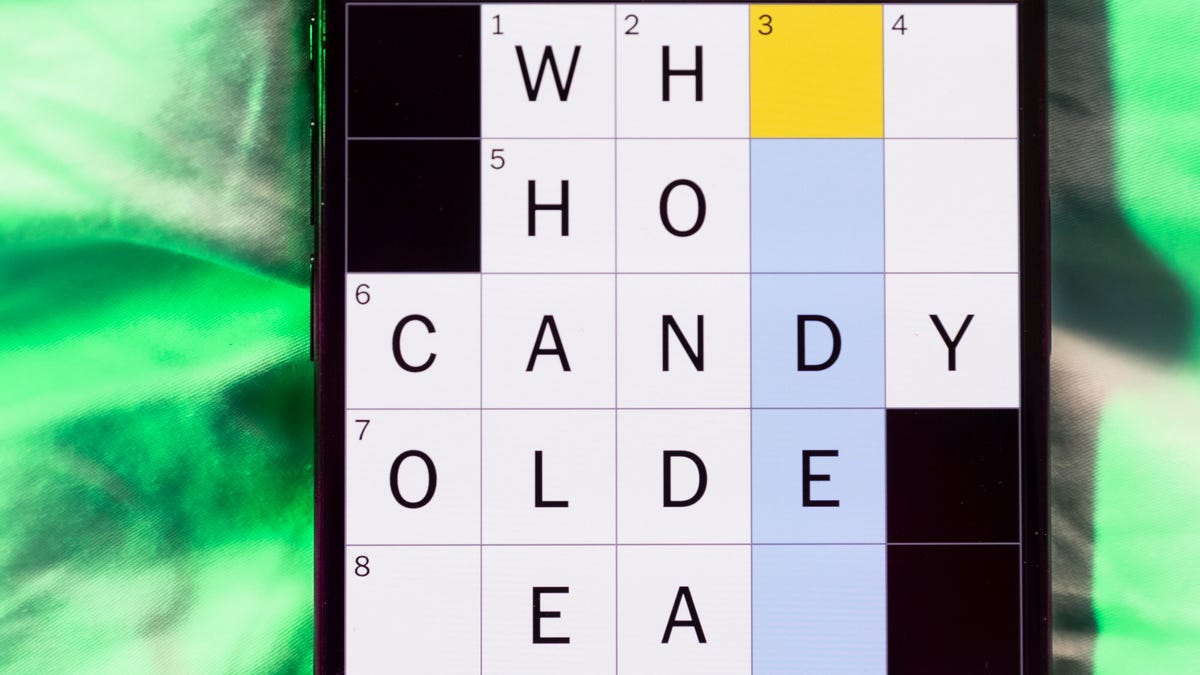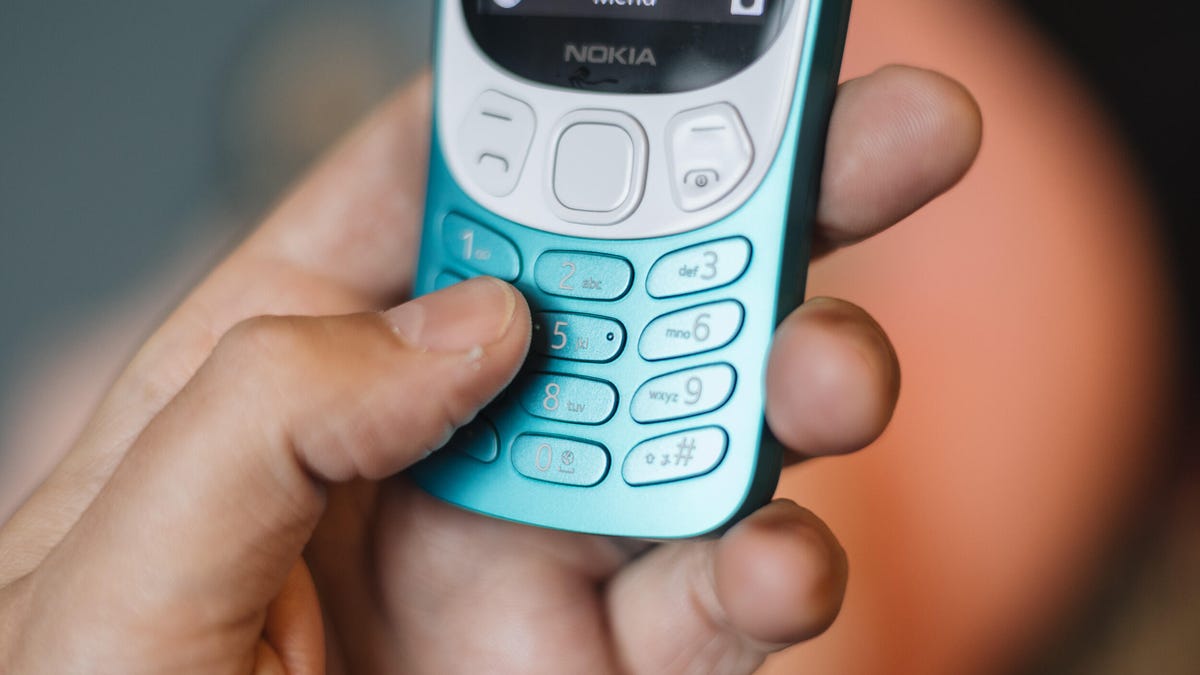Technologies
This Unique Controller Is Cool but Pointless for Most Gamers
The Turtle Beach Stealth Pivot has a unique 2-in-1 feature, but most people will never use it.

Pro-level game controllers have been becoming more mainstream over the past several years, offering gamers a host of new features not found on the controllers that came with their systems. These features include extra mappable buttons, swappable gamepads and other customizability options.
However, I don’t think I’ve ever seen a controller that offers two dedicated button layouts within the same device. The Stealth Pivot from Turtle Beach lets you physically rotate the gamepads to reveal a whole new, previously hidden, button layout — all without having to remove anything. It’s a unique take on what a controller can be and I’m here for it.
What I like about the Stealth Pivot
I’ve been impressed with Turtle Beach controllers for a while now, and the Stealth Pivot continues continues the company’s streak of great hardware. The buttons are clicky and responsive and the whole thing feels wonderful to hold. The design is nearly identical to Microsoft’s own Xbox controllers, which is a good thing.
The Stealth Pivot keeps many of the same pro features as its Stealth Ultra controller (and many other pro-level controllers), including adjustable triggers and four additional, remappable buttons. The Connected Command Display is carried over as well, although it’s much smaller than the Ultra’s 1.5″ screen. Amazingly, it keeps all the same features , including being able to adjust buttons and social media notifications.
On the connectivity side, you’ve got a wired connection for Xbox (there’s no wireless support), a 2.4GHz dongle for PC and Bluetooth for mobile devices and compatible smart TVs. There’s a headphone jack at the bottom and the USB-C port for charging or Xbox connection is up top. You can play and charge at the same time, which is a nice bonus.
Two controllers for the price of one
The biggest feature of the Stealth Pivot by far is its rotating gamepads. Basically, you twist down the two joysticks, unlock the gamepads, then literally rotate them 180 degrees to reveal the other set. This second set has a layout typical of controllers designed for fighting games, or really, any game where additional buttons are valuable. So instead of joysticks, there’s a D-Pad on the top left flanked by two two buttons. On the right side, the ABXY cluster shifts downward to make room for two additional, mappable buttons.
So now, instead of having to buy multiple controllers or remove and swap out gamepads (like PDP Victrix Pro controllers), in just a few seconds you can switch from snapping headshots in Call of Duty to beating up bad guys in Mortal Kombat or Tekken. It’s certainly not something I’ve ever seen on any other controller and it works surprisingly well. You can even save up to five digital profiles on the controller so you can have different layouts for each game.
I was impressed by just how good the buttons and everything are on the Stealth Pivot, even with having to cram double the amount of most everything into the same space. Granted, the controller is a bit thicker than most other controllers, but it’s not that noticeable. The hardware and engineering that went into this controller is remarkable.
What I don’t like about the Stealth Pivot
There are some compromises that come with this quick-switch capability, however. The first is that Turtle Beach wasn’t able to include its microswitch buttons, which personally I prefer over the more standard buttons on the Pivot. The joysticks are still Hall Effect, which is nice, but the rest of the buttons are standard. The buttons aren’t bad, they just aren’t as good as on the company’s other pro controller.
Secondly, making room for those rotating gamepads means space had to come from somewhere and the most obvious place was the battery. Turtle Beach says the Pivot gets about 20 hours of battery life, which is probably a bit optimistic. I wouldn’t say it’s terrible, but it’s not great. This is somewhat mitigated by the fact that you have to be physically plugged into your Xbox anyway, and you can play while charging — but PC users may want to keep a cable handy.
Also, while you can use the company’s Control Center II app to customize the controller on Windows, Xbox, iOS and Android, the app itself is not very good. The UI is basic and there are some annoying bugs including the inability to rename profiles on the Xbox version. It’s also hard to tell if anything saves after you make changes. There’s no indicator or save button anywhere, and while it does save things in real-time, it would be nice if it let you know it’s happening.
Lastly, it’s disappointing that you can’t connect wirelessly to the Xbox. Wired is fine, and it avoids battery issues, but wireless is obviously more convenient.
Should you buy the Stealth Pivot?
The Stealth Pivot is a really solid controller even without the dual personalities. Personally, I’m not really into fighting games so I don’t need the second set of controls. And super hard-core, e-sport-level gamers would probably want something like a Fight Stick or a more dedicated fighting game controller.
However, if you’re a more casual gamer who enjoys fighting/button heavy games alongside games that use joysticks — and wants to level up your fighting style — the Stealth Pivot might be worth a look, especially since it’s only $130. That is more expensive than a standard controller, but for everything you get with it, that’s a hard price to beat.
Technologies
Judge Blocks Texas App Store Age-Check Law
A preliminary injunction found the Texas law, set to begin Jan. 1, is «more likely than not unconstitutional.»

A new Texas state law set to take effect on Jan. 1 would have required app stores to implement age verification processes. But the law has been put on hold, at least temporarily, by a federal court judge.
As reported by the Texas Tribune, Senate Bill 2420, also known as the Texas App Store Accountability Act, is the subject of a temporary injunction issued by US District Judge Robert Pitman.
Pitman said in his decision that the law as written is broad, vague and «more likely than not unconstitutional.» However, he also wrote the court «recognizes the importance of ongoing efforts to better safeguard children when they are on their devices.»
Don’t miss any of our unbiased tech content and lab-based reviews. Add CNET as a preferred Google source.
The Texas law, signed into law by Governor Greg Abbott in May, requires app store operators — including Apple, Google, Nintendo, Steam and more — to build age verification processes for the storefronts and to only allow downloads to minors who obtain parental consent. The injunction is a ruling in an October lawsuit filed by the Computer & Communication Industry Association.
CCIA senior vice president Stephanie Joyce said in a statement, «This Order stops the Texas App Store Accountability Act from taking effect in order to preserve the First Amendment rights of app stores, app developers, parents, and younger internet users. It also protects parents’ inviolate right to use their own judgment in safeguarding their children online using the myriad tools our members provide.»
Other individuals and the advocacy group Students Engaged in Advancing Texas also filed suits over the law, the Texas Tribune reported.
App Store Accountability Act
The bill author, State Senator Angela Paxton, said the bill was meant to give parents «common sense tools to protect their kids and to survive court challenges by those who may have lesser priorities.»
The language of Texas Senate Bill 2420 does not only include mobile app stores from Apple or Google, but any «website, software application, or other electronic service that distributes software applications from the owner or developer of a software application to the user of a mobile device.»
By that definition, websites with links to browser games or mobile game consoles with download options would fall under the Texas law as written. The law also defines mobile devices as including phones and tablets, as well as any other handheld device capable of transmitting or storing information wirelessly.
The parental consent aspect of the law requires those under 18 to have an app store account affiliated with a parent or guardian to purchase or download applications.
Age verification elsewhere
In an effort to keep adult materials out of reach of minors and to protect children from potentially harmful content and interactions, tech companies have been compelled by law or through legal action to verify the age of users.
Roblox, which has a huge audience of minors, began rolling out stricter age verification after investigations and lawsuits hurt its reputation as a safe gaming space. Australia is perhaps the most large-scale example of a government restricting access to online content. In December, Australia began restricting social media access to those 16 and older. Reddit recently challenged that law.
In the US, age verification laws have primarily targeted adult sites. Texas already has a law on the books that requires adult sites to age-block their content. The Supreme Court upheld that law in a June ruling. The UK has also enacted age restriction rules for adult sites as have other US states.
Technologies
Today’s NYT Mini Crossword Answers for Thursday, Dec. 25
Here are the answers for The New York Times Mini Crossword for Dec. 25.

Looking for the most recent Mini Crossword answer? Click here for today’s Mini Crossword hints, as well as our daily answers and hints for The New York Times Wordle, Strands, Connections and Connections: Sports Edition puzzles.
Need some help with today’s Mini Crossword? Of course, there’s a very Christmassy clue involved. And once you solve the entire puzzle, look at the letters used in all the answers and see what they have in common. (5-Across will tell you!) Read on for all the answers. And if you could use some hints and guidance for daily solving, check out our Mini Crossword tips.
If you’re looking for today’s Wordle, Connections, Connections: Sports Edition and Strands answers, you can visit CNET’s NYT puzzle hints page.
Read more: Tips and Tricks for Solving The New York Times Mini Crossword
Let’s get to those Mini Crossword clues and answers.
Mini across clues and answers
1A clue: ___ King Cole, singer with the album «The Magic of Christmas»
Answer: NAT
4A clue: Body drawings, informally
Answer: TATS
5A clue: Letters to ___ (what this Mini was made with)
Answer: SANTA
6A clue: Huge fan, in slang
Answer: STAN
7A clue: «Illmatic» rapper
Answer: NAS
Mini down clues and answers
1D clue: Grandmothers, by another name
Answer: NANAS
2D clue: Abbr. before a name on a memo
Answer: ATTN
3D clue: Org. with long lines around the holidays
Answer: TSA
4D clue: «See ya later!»
Answer: TATA
5D clue: Govt.-issued ID
Answer: SSN
Don’t miss any of our unbiased tech content and lab-based reviews. Add CNET as a preferred Google source.
Technologies
Don’t Let a Border Agent Ruin Your Holiday Trip. Travel With a Burner Phone
Yes, you should leave your main phone at home and take a cheap burner this winter.

Prepare for a whole new level of border-crossing anxiety this holiday season: the high-probability of a phone search. New figures from US Customs and Border Protection say agents aren’t just glancing at your lock screen anymore — they are aggressively ramping up device inspections, even for citizens coming home. We aren’t just talking about a quick scroll through your photos, either. Agents are increasingly using forensic tools to clone and analyze everything on your device.
The stats are genuinely alarming. In just a three-month window this year, nearly 15,000 devices were flagged for searches, with over a thousand subjected to deep-dive data copying. If you’re traveling with your primary phone, you are essentially carrying your entire digital existence into a legal gray zone where privacy is optional.
The smartest defensive play is remarkably low-tech: the burner phone. By traveling with a secondary, stripped-down device, you ensure your private data stays safe at home while you stay connected abroad. But privacy isn’t the only perk. Moving to a «dumb» phone is the ultimate digital detox, helping you escape the notification trap that usually ruins a vacation.
Even figures like Conan O’Brien have ditched the smartphone to cut through the noise. Whether you’re dodging invasive border searches or just trying to enjoy your trip without being glued to a screen, a burner might be the best travel investment you make this year.
Read more: Best Prepaid Phone of 2025
Although carriers have offered prepaid phones since the ’90s, «burner phones» or «burners» became popular in the 2000s following the celebrated HBO series The Wire, where they helped characters avoid getting caught by the police. Although often portrayed in that light, burners aren’t only used by criminals; they’re also used anyone concerned with surveillance or privacy infringement.
What is a burner phone, and how does it work? Here’s everything you need to know about burners and how to get one.
Don’t miss any of our unbiased tech content and lab-based reviews. Add CNET as a preferred Google source.
What is a burner phone?
A burner phone is a cheap prepaid phone with no commitments. It comes with a set number of prepaid call minutes, text messages or data, and it’s designed to be disposed of after use.
Burner phones are typically used when you need a phone quickly, without intentions of long-term use. They’re contract-free, and you can grab them off the counter. They’re called burner phones because you can «burn» them (trash them) after use, and the phone can’t be traced back to you, which makes them appealing to criminals. Of course, those committed to illicit activities often do more than just throw these phones in the trash, and often completely obliterate the SIM cards and other materials by smashing them with a hammer or melting them away.
Burners are different from getting a regular, contract-bound cellphone plan that requires your information to be on file.
Why should you use a burner phone?
Burner phones are an easy way to avoid cellphone contracts or spam that you get on your primary phone number. Burners aren’t linked to your identity, so you can avoid being tracked down or contacted.
You don’t have to dispose of a burner phone after use. You can add more minutes and continue using it. Burner phones can still function as regular phones, minus the hassle of a contract.
You can also get a burner phone as a secondary phone for a specific purpose, like having a spare phone number for two-factor authentication texts, for business or to avoid roaming charges while traveling. Burner phones are often used by anyone concerned with privacy.
Read more: The Data Privacy Tips Digital Security Experts Wish You Knew
Burner phones, prepaid phones, smartphones and burner SIMs: What’s the difference?
Burner phones are cheap phones with simple designs that lack the bells and whistles of a smartphone. Because they’re designed to be disposable, you only get the essentials, as seen by the most common version, the flip phone.
All burner phones are prepaid phones, but not all prepaid phones are burners. What sets a burner apart is that you won’t have to give away any personal information to get one, and it won’t be traceable back to you. Again, a burner phone is cheap enough to be destroyed after use.
Prepaid smartphones are generally low-end models. You can use any unlocked smartphone with prepaid SIM cards, essentially making it a prepaid phone.
If you want a burner, you don’t necessarily have to buy a new phone. You can get a burner SIM and use it with an existing phone. Burner SIMs are prepaid SIMs you can get without a contract or giving away personal information.
Where can you buy a burner phone?
Burner phones are available at all major retail outlets, including Best Buy, Target and Walmart. They’re also often available at convenience stores like 7-Eleven, local supermarkets, gas stations and retail phone outlets like Cricket and Metro.
You can get a burner phone with cash, and it should cost between $10 and $50, although it may cost more if you get more minutes and data. If you’re getting a burner phone specifically to avoid having the phone traced back to you, it makes sense to pay with cash instead of a credit card.
If you just want a prepaid secondary phone, you can use a credit card. Just keep in mind that credit cards leave a trail that leads back to you.
There are also many apps that let you get secondary phone numbers, including Google Fi and the Burner app. However, these aren’t burners necessarily because the providers typically have at least some of your personal information. Additionally, apps like Google Talk require a phone number that’s already in use for you to choose a number with the service.
If you’re just looking to get a solid prepaid phone without anonymity, check out our full guide for the best prepaid phone plans available. We also have a guide for the best cheap phone plans.
-

 Technologies3 года ago
Technologies3 года agoTech Companies Need to Be Held Accountable for Security, Experts Say
-

 Technologies3 года ago
Technologies3 года agoBest Handheld Game Console in 2023
-

 Technologies3 года ago
Technologies3 года agoTighten Up Your VR Game With the Best Head Straps for Quest 2
-

 Technologies4 года ago
Technologies4 года agoBlack Friday 2021: The best deals on TVs, headphones, kitchenware, and more
-

 Technologies4 года ago
Technologies4 года agoVerum, Wickr and Threema: next generation secured messengers
-

 Technologies4 года ago
Technologies4 года agoGoogle to require vaccinations as Silicon Valley rethinks return-to-office policies
-

 Technologies4 года ago
Technologies4 года agoOlivia Harlan Dekker for Verum Messenger
-

 Technologies4 года ago
Technologies4 года agoiPhone 13 event: How to watch Apple’s big announcement tomorrow
